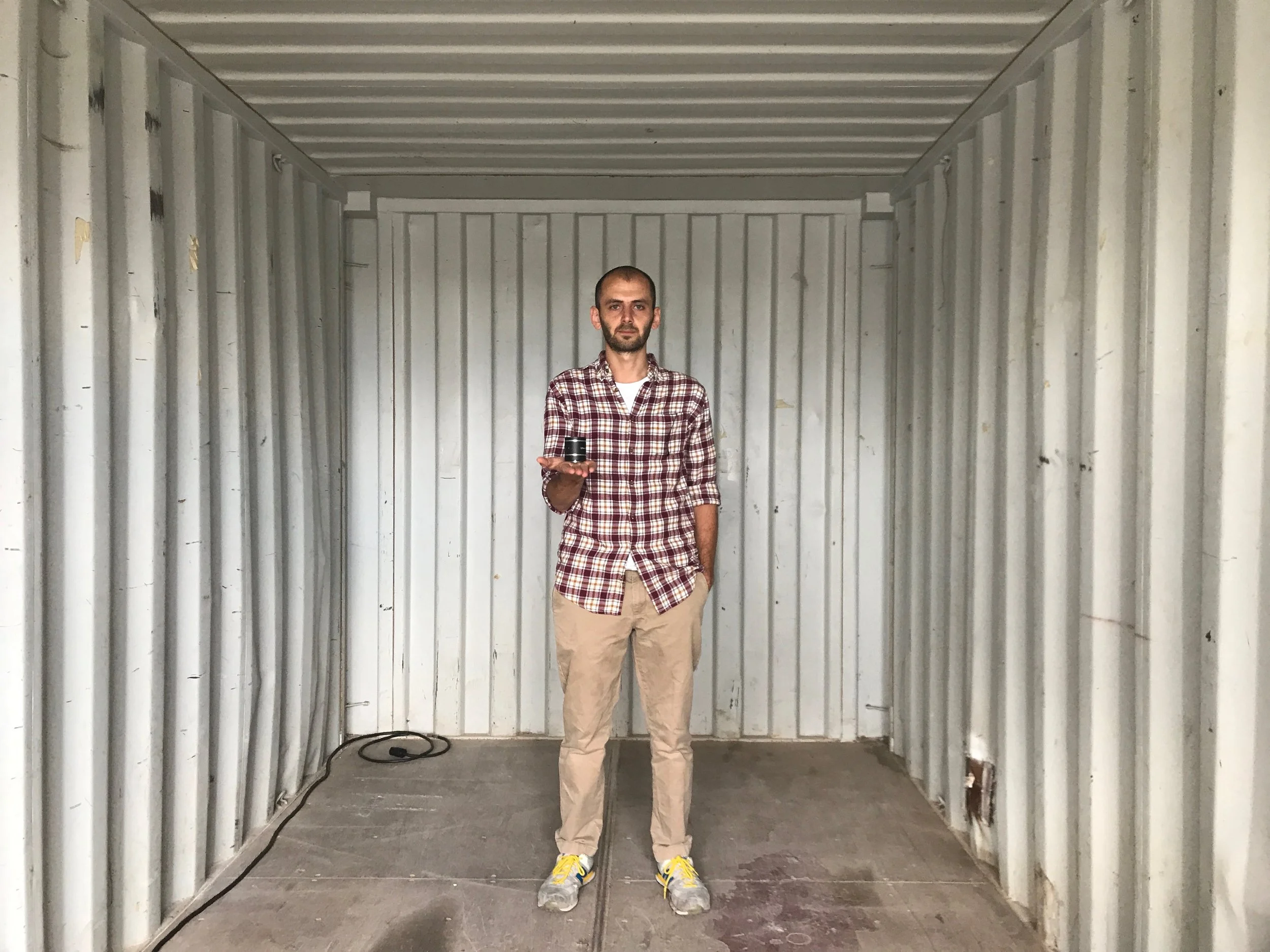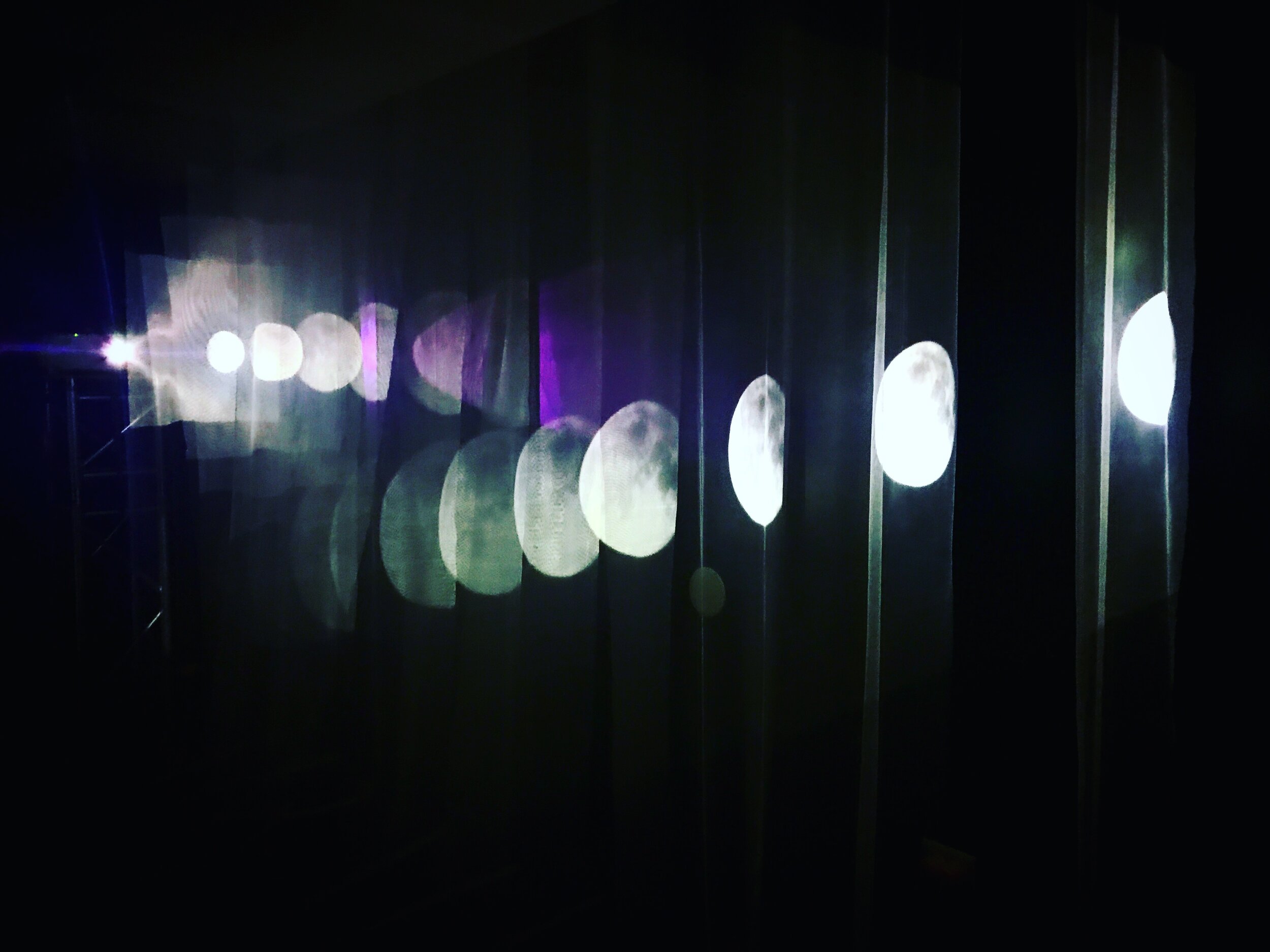IMMERSIVE INSTALLATIONS
Moral Injuries of War
Moral Injuries of War is an immersive experience forging new ways to contemplate and heal from war through public testimony and intimate conversations. | Director / Client: Jack Saul + Esther Perel | Supported by: The International Trauma Studies Program
Role: Multichannel Installation Designer, Audio Producer, Sound Designer, Composer, Engineer
Showings:
The Unfinished Festival | National Museum of Art — Bucharest, Romania | 2019
Jack Saul Studio | Woodstock, NY | 2021
The Schuylkill Center for Environmental Education | Philadelphia | 2021
National Sawdust | Brooklyn, NY | 2023, 2024
“Over the past 18 years, the wars in Afghanistan and Iraq have resulted in hundreds of thousands of casualties and cost trillions of dollars. In such insurgency wars, the line between combatant and noncombatant is often blurred and inevitably leads to countless atrocities. Civilians pay the greatest price in loss of property, injury, and death. It has become apparent that many soldiers, war correspondents, and other witnesses of these wars are troubled by their experiences and may suffer from moral injury — the sense that one’s fundamental understanding of right and wrong has been violated. Such problems of conscience lead to intense feelings of grief, shame, and guilt and may contribute to the high number of suicides among U.S. veterans — more than 20 each day. This installation gives voice to veterans and war correspondents who often carry this moral distress alone. But this distress not only affects witnesses of wars — it implicates us all as well. At, as a public, must content with the moral burdens of shame, guilt, and outrage that are usually carried by the individual alone. Out of this sharing, one can find connection, hope, and the possibility of building a cornerstone for collective healing and moral repair.” - Jack Saul
Sample Individual Testimonies
Cardboard Castle by Alaa Hassan
Role: Audio Editor, Sound Designer | Screening: Photoville 2017
A shipping container becomes a Syrian propaganda machine — an immersive brain washer, via transducers.
The portrait of Syrian president Bashar al-Assad became a defining element in the urban landscape of Damascus, Syria. The omnipresence of an individual image leaves its imprint in people’s minds, making the physical image transcend into a visual impression. The presence of the leader is then extended to each individual living in the city.— Alaa Hassan
This installation attempts to recreate the experience of life in Damascus for non-Syrian audiences by transforming a shipping container into a brain washing machine via traducers, which turn the walls, ceiling, and floor, into speakers that play, on loop, the soundscape of daily life in Syria under Bashar: from walking through the markets to rush hour traffic, to propaganda speeches and protests, to the music heard on a popular radio station.
Audio Samples
Picturing Justice Film Festival | Atlanta
Produced in collaboration with Carlos Javier Ortiz
Terminus
There is a collective memory to any soundscape. Traveling to Atlanta, I was stuck by the sounds of the summer landscape: of trains, rainfall, and cicadas. You often hear the train before you actually see it, if you cross paths with it at all. The sound is like the silhouette of a voice against the sky, saying, “I am here. Be careful. I cannot see you.” Atlanta owes its’ existence to the way these train tracks crossed each other. Before Atlanta was known as Atlanta, it was called Terminus, the end of the line. Due to the railroads, Atlanta became a major port commercial center for the entire Southern United States. Since the 19th century, these railroad tracks had social, political, and racial consequences across Atlanta’s landscape, normalizing isolation and inequity. Like geographic scars, the railroad tracks represented the power of infrastructure itself to segregate. Following the Great Migration of blacks out of the rural South, neighborhoods became increasingly segregated as blacks were often restricted to neighborhoods on “the other side of the tracks”. Poor blacks could ‘live’ in the city, but only somewhere else, somewhere impassable. By subdividing Atlanta into physically discrete neighborhoods, the railroad tracks reinforced what have become decades of discriminatory policies, especially for housing.
Still. Life by Nyssa Chow | Trinidad
Role: Assistant Audio Editor, composer, installation sound and sensory designer
Still.Life. is an immersive multimedia installation that brings to life “The Story of Her Skin”, an interdisciplinary oral history project hat spans five generations by author and artist, Nyssa Chow.
“For the women born in the 1920s in Trinidad and Tobago, the generation of grandmothers, it was the women who kept the secrets; they held the stories of the family. It was in the company of women where one could remove the veil; it was in that space that one could be weak, and have your shames dignified. It was the mothers who went in secret to other mothers to borrow money for clothes when the family was short. It was the grandmothers who counseled the young wives on how to survive, and how to move through the world. They passed on these strategies generation to generation, talking in hushed voices over tea; over the stove; over the wall in the garden; one woman to another. Each of these wisdoms, and strategies, has a history, and that larger history is rarely told - only the wisdom remains as inheritance for the next generation. This project looks at what these wisdoms reveal about the historical, and sociological, realities of life that made them necessary. It attempts to place them in the context of the history of an island colony, the global story of empire, and the history of race, and class, itself.” - Nyssa Chow
Audio Sample
I remember the sound of that nutmeg house, the music of women’s chatter as they sat on the floor sorting the red mace, skirts tucked inside crossed legs, the cracking of nutmeg shells, and the dust that hung in shafts of light, making that old plantation style warehouse, with its pitched roof, look like a cathedral. The fragrance of nutmeg would stay on my skin, and scent my hair. How many women had smelled like this for hundreds of years?”
— Nyssa Chow, 'The Story of Her Skin'

